With her unique style and flair for creating beautiful, simple, and versatile handmade pieces, Grace Souky has fast become one of our favorite designers. We’re not alone in our love: Grace was a shining star of the recent Young Designer Collection and is set to go on to great things. We sat down to talk about her background, approach to lifestyle design, and visions for the future.
Maison Numen: Hi Grace, how are you?
Grace Souky: I’m great thanks, just catching up with some admin in the studio.
It’s nice to know that admin is a part of even the most exciting lives!
Yes, it’s an unavoidable reality – there’s always emails to send and paperwork to finish.
What will you be drinking today?
A soya flat white suits me just fine at this time of the afternoon.
Sounds delicious. Well, without further ado: tell us about yourself.
I was born and raised in Venezuela and completed my undergraduate degree in architecture at Caracas’ Simon Bolivar University. I have always loved the geometric and analytical side of drawing, and architecture was a wonderful means to develop that. After graduating; I worked at a small practice in Caracas, focusing mostly on the smaller, more intricate aspects of the trade. I was much more interested in designing interiors than the more abstracted art of creating the building itself.
What was it about these intricate aspects that attracted you?
The fact that these would be the parts of the building which would be most interacted with – and inhabited – by people. The creation of physical user interfaces, to borrow a term from software design. This interest informed my subsequent studies and my current practice as a lifestyle designer.
So the next step for you was a masters in industrial design at Pratt University, New York – what was that like?
The move to New York was rather monumental – Caracas is a thriving metropolis, but New York is New York! The course at Pratt is fantastic and opened my eyes to the endless possibilities industrial design has to offer. My favorite aspect of it was how every project began with a brief based on user’s needs: something very basic, from which I had to work outward. This approach to design makes a lot of sense to me and is implemented in each new piece I make.
What is it exactly about this approach which interests you?
It places you – the designer – in between the user and the material. It’s a unique role, mediating between the physical and the social, and is a role I am both proud and honored to hold.
How did your role as mediator inform your latest collection?
I wanted this collection to be modular, with each piece serving various functions and working with various others in a number of ways. I was focusing on versatility and functionality, and for this reason avoided historical and stylistic references, sticking instead to simple geometric designs, simple forms, and bold colors.
Your reference to modular design is reminiscent of the modernist movement in British architecture, spearheaded by Norman Foster and Richard Rogers. Is that coincidental?
Not at all! This is my first collection since moving to London and that style of architecture is familiar to me from my time in Caracas. The collection coalesced out of a study of mealtime rituals and eating habits. Also, the desire to provide an innovative solution to the common kitchen problem of too many ill-fitting objects.
Caracas, New York, London: it’s quite a cosmopolitan background! How has each place influenced you?
Whenever I move to a new place, I do it for a reason: New York was for studies, London was for work. I mold to each new place, adapting my life and practice to the environment, taking it as it is. In Caracas, I was influenced by both the Latin modernist architecture and the wealth of artisanal practices that Venezuela is blessed with. Certainly, both influences have stuck with me, as have all subsequent ones.
Your latest collection features a wonderful range of materials – what is your go-to when designing a new handmade piece?
There’s none, per se: it’s all about the need I’m trying to satisfy. I’m always excited to explore new materials and see how they work. Having said that, I’m very fond of wood – the look, feel and natural brilliance of the material is something I will never tire of. In this latest collection, I used a 3D printer for modeling, which was an exciting process.
It seems that wherever you turn today, there’s talk of 3D printing as the future of design. What are your thoughts?
I see it as a promising means of production. It’s very honest, in that you know exactly how a piece was made. It also sits in a novel position between handcrafts and industrial processes, which is exciting.
How do you mean?
Well, it’s much more flexible than industrial processes and can create unique handmade pieces through the use of algorithms that change each product in a small, random way. It can also be used to create unique pieces from materials which are otherwise very hard to work. I see great potential in the process!
Where do you see yourself going in the future?
Well, I’d love to expand the current collection; designing new pieces that can fit in with the existing ones to fulfill new needs and, eventually, create a holistic line of products for the home. It’s an architectural approach to lifestyle design, I guess: creating a holistic habitable environment from the inside out.
Thank you so much for your time, Grace – it’s been a true pleasure!
Equally!




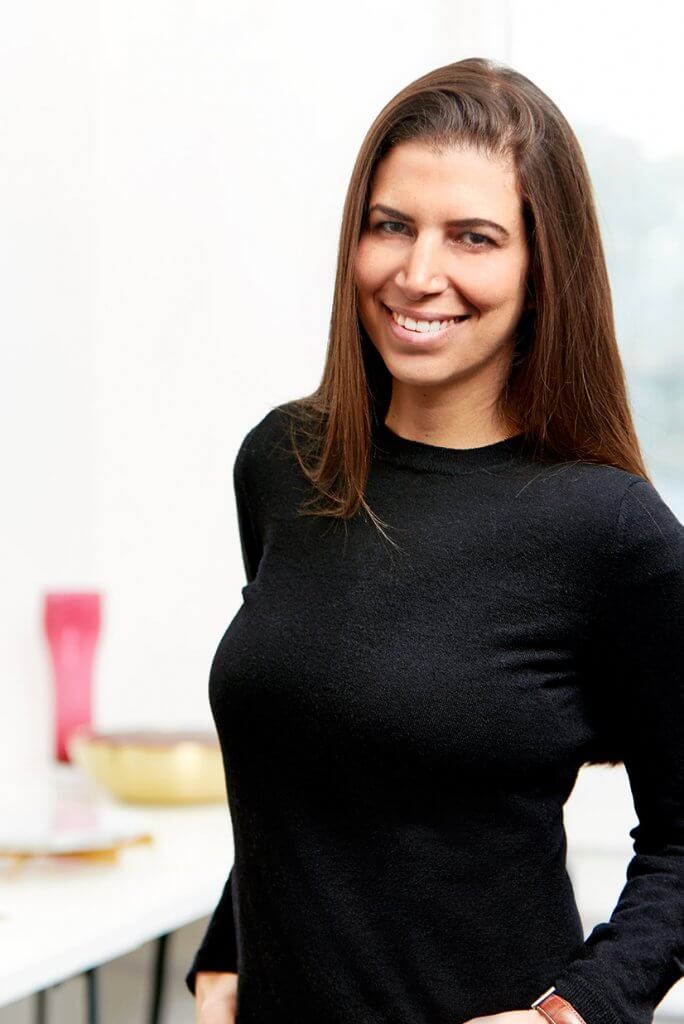
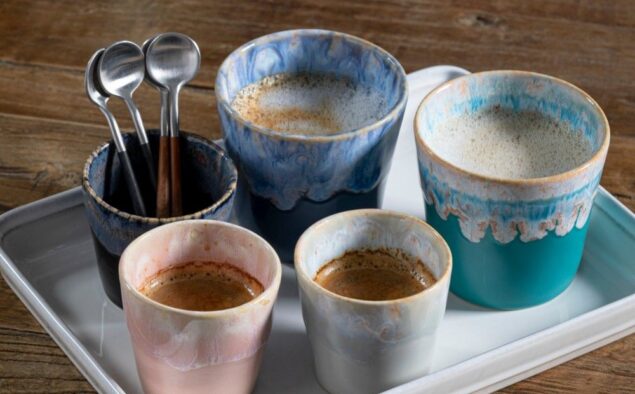
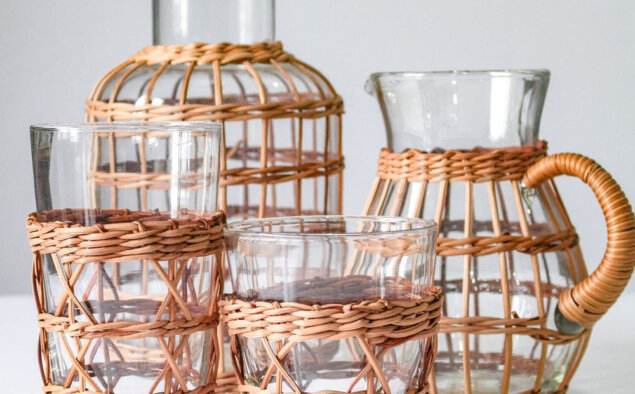
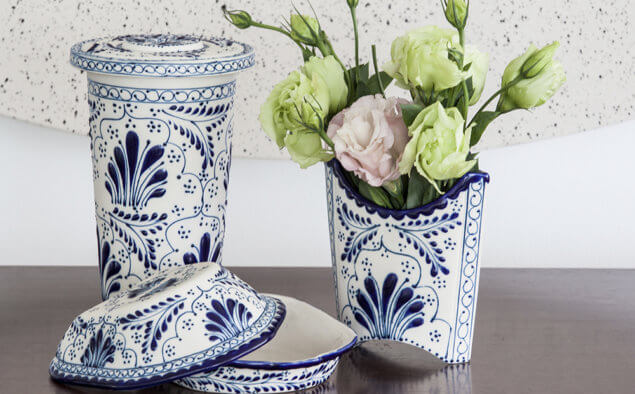
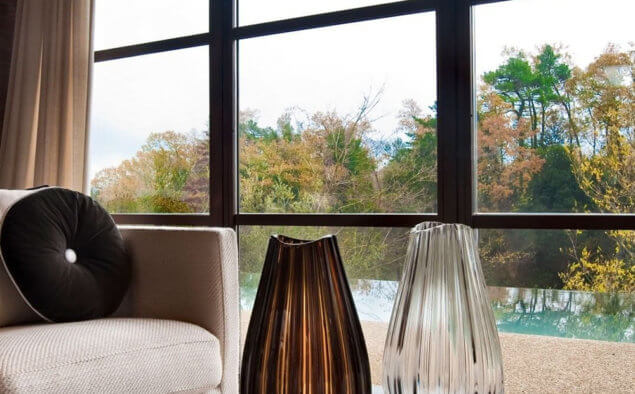
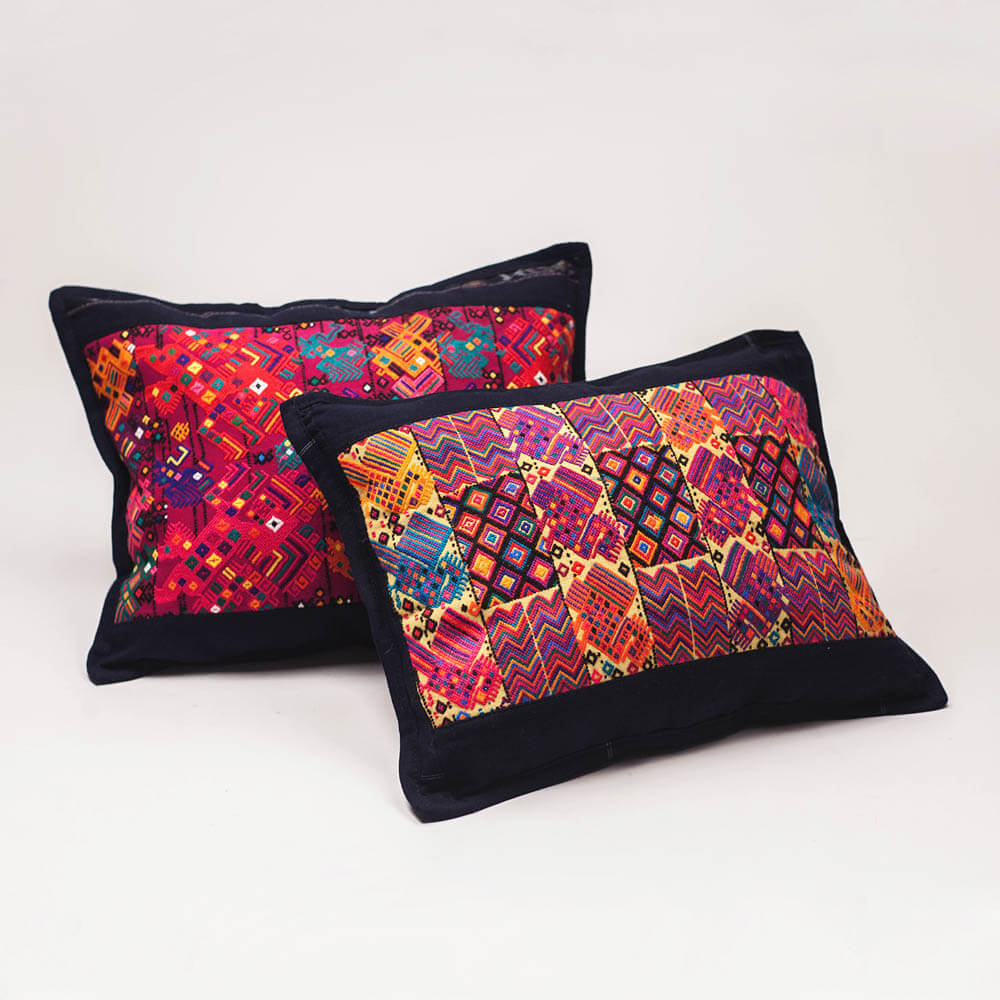

leave a comment